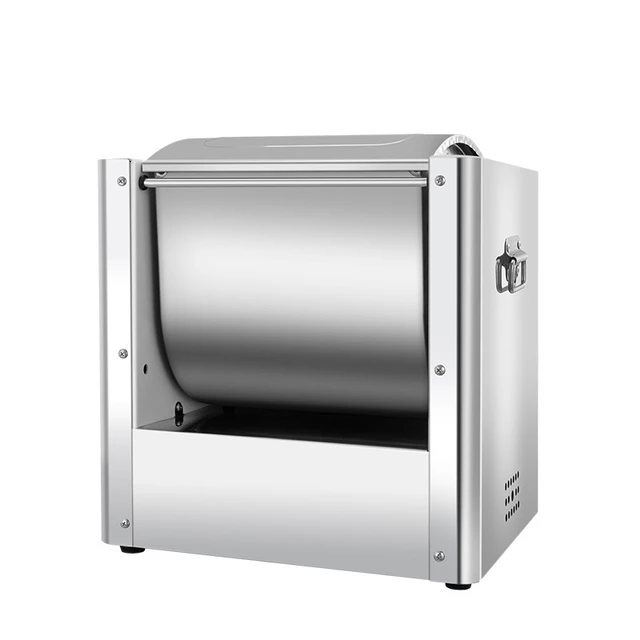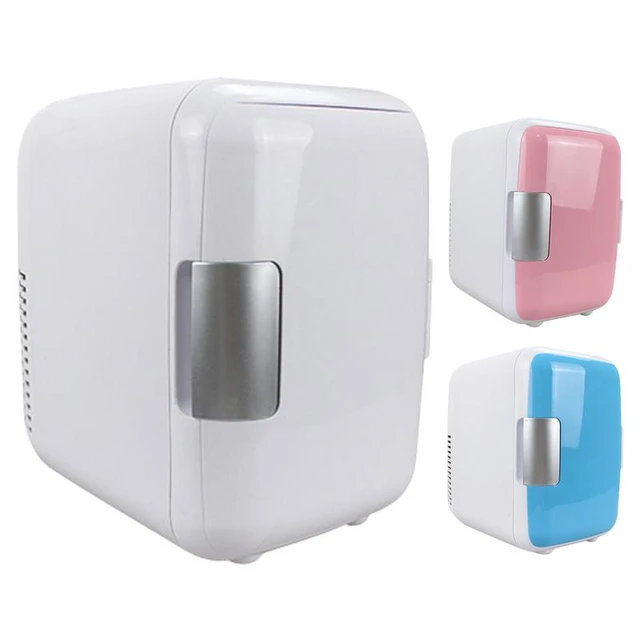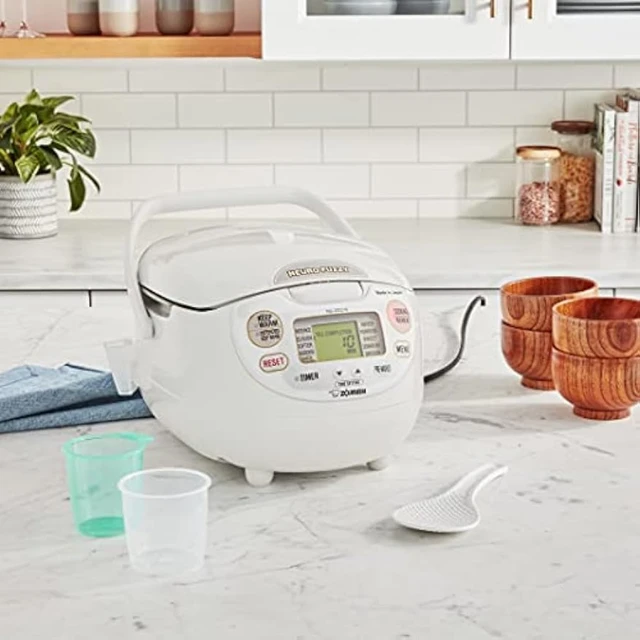Introduction:
White cabinets and white appliances are popular choices for kitchens due to their clean and timeless appeal. However, concerns have been raised about the potential for these white surfaces to turn yellow over time. In this article, we will explore the factors that can contribute to discoloration, including material quality, maintenance, environmental factors, and common misconceptions. By understanding these factors, homeowners can make informed decisions and take necessary steps to prevent or mitigate yellowing in white cabinets and appliances.

Do white cabinets and white appliances turn yellow?
Material Quality and Finishes:
a. High-Quality Materials: The quality of the materials used in white cabinets and appliances can impact their susceptibility to yellowing. Opting for high-quality materials, such as solid wood or high-density fiberboard (HDF), can be more resistant to discoloration than lower-quality alternatives.
b. UV-Resistant Finishes: Choosing cabinets and appliances with UV-resistant finishes can help protect against yellowing caused by exposure to sunlight. These finishes are designed to withstand the effects of UV rays, reducing the risk of discoloration over time.
c. Proper Sealing and Coating: Ensuring that cabinets and appliances are properly sealed and coated during the manufacturing process can contribute to their longevity and resistance to yellowing. This includes applying protective coatings that act as barriers against environmental factors.
Maintenance and Cleaning:
a. Regular Cleaning: Proper and regular cleaning of white cabinets and appliances is crucial in preventing yellowing. Regularly removing grease, dirt, and other residues can help maintain the original color and appearance. Use mild cleaning agents or specialized products recommended by the manufacturer to avoid damaging the surfaces.
b. Avoiding Harsh Chemicals: Harsh cleaning agents or abrasive materials can cause damage to the surfaces, making them more susceptible to yellowing. It’s important to follow the manufacturer’s recommendations for cleaning and avoid using harsh chemicals that may degrade the finishes or coatings.
c. Cleaning Ventilation: Adequate ventilation in the kitchen can help prevent the buildup of greasy residues, which can contribute to discoloration over time. Ensuring proper airflow and ventilation systems can help maintain the cleanliness and appearance of white cabinets and appliances.

Environmental Factors:
a. Sunlight Exposure: Exposure to sunlight, particularly ultraviolet (UV) rays, can accelerate the yellowing process in cabinets and appliances. Direct sunlight can break down the finishes and coatings, leading to discoloration over time. Protecting white cabinets and appliances from direct sunlight or using window treatments can help mitigate this effect.
b. Heat and Humidity: High temperatures and humidity levels can also contribute to yellowing. Excessive heat or moisture can cause the degradation of finishes or coatings, leading to discoloration. Maintaining proper ventilation and controlling humidity levels in the kitchen can help minimize these environmental factors.
c. Environmental Pollutants: Environmental pollutants, such as tobacco smoke or cooking fumes, can contribute to the yellowing of white surfaces. These particles can settle on cabinets and appliances, discoloring them over time. Regular cleaning and proper ventilation can help reduce the impact of these pollutants.
Common Misconceptions:
a. Natural Aging: Some degree of natural aging and discoloration may occur in white cabinets and appliances over time, especially in heavily used kitchens. This aging process should not be confused with yellowing caused by external factors. Regular maintenance and cleaning can help slow down this natural aging process.
b. Staining and Discoloration: Stains from spills or food residues can create the illusion of yellowing in white cabinets and appliances. Promptly cleaning and addressing any spills or stains can help prevent discoloration and maintain the original white appearance.
c. Material Variation: It’s important to note that different materials used in cabinets and appliances may have varying levels of resistance to yellowing. For example, natural wood cabinets may have different tendencies compared to laminate or painted cabinets. Understanding the specific properties and maintenance requirements of the chosen materials can help manage expectations regarding yellowing.

Preventive Measures:
a. Protective Film or Covers: Applying a protective film or cover to white cabinets and appliances can help shield them from potential sources of discoloration. These films provide an additional layer of protection against sunlight, humidity, and environmental pollutants.
b. Regular Inspections and Maintenance: Conducting regular inspections of white cabinets and appliances allows for early detection of any potential issues, such as cracks, chips, or deteriorating finishes. Promptly addressing these issues through repairs or refinishing can help prevent further damage and potential yellowing.
c. Temperature and Humidity Control: Maintaining a controlled environment within the kitchen by regulating temperature and humidity levels can contribute to the longevity of white cabinets and appliances. Avoiding extreme temperature fluctuations and controlling humidity can help prevent discoloration and deterioration.

Replacement and Refinishing:
a. Refinishing: If yellowing does occur on white cabinets or appliances, refinishing can be an option to restore their original appearance. This process involves stripping the existing finish, repairing any damage, and applying a new coat of paint or finish. Professional refinishing services can help ensure a smooth and flawless result.
b. Replacement: In cases where yellowing or damage cannot be effectively mitigated through refinishing, replacement may be necessary. Opting for high-quality materials, finishes, and coatings during the replacement process can help prevent future yellowing and maintain the desired white aesthetics.

Conclusion:
While white cabinets and appliances can be susceptible to yellowing over time, proper material selection, regular maintenance, and consideration of environmental factors can help prevent or mitigate this issue. Opting for high-quality materials with UV-resistant finishes, proper sealing, and coating can enhance the longevity and resistance to yellowing. Regular cleaning, avoiding harsh chemicals, and maintaining proper ventilation are essential in preserving the original white appearance.
Protecting white surfaces from direct sunlight and controlling heat and humidity levels in the kitchen can slow down the yellowing process. Understanding common misconceptions, such as natural aging or staining, can help manage expectations and address potential concerns. By taking these factors into consideration, homeowners can enjoy the clean and timeless appeal of white cabinets and appliances without the worry of yellowing.
Protecting white surfaces from direct sunlight and controlling heat and humidity levels in the kitchen can slow down the yellowing process. Understanding common misconceptions, such as natural aging or staining, can help manage expectations and address potential concerns.

